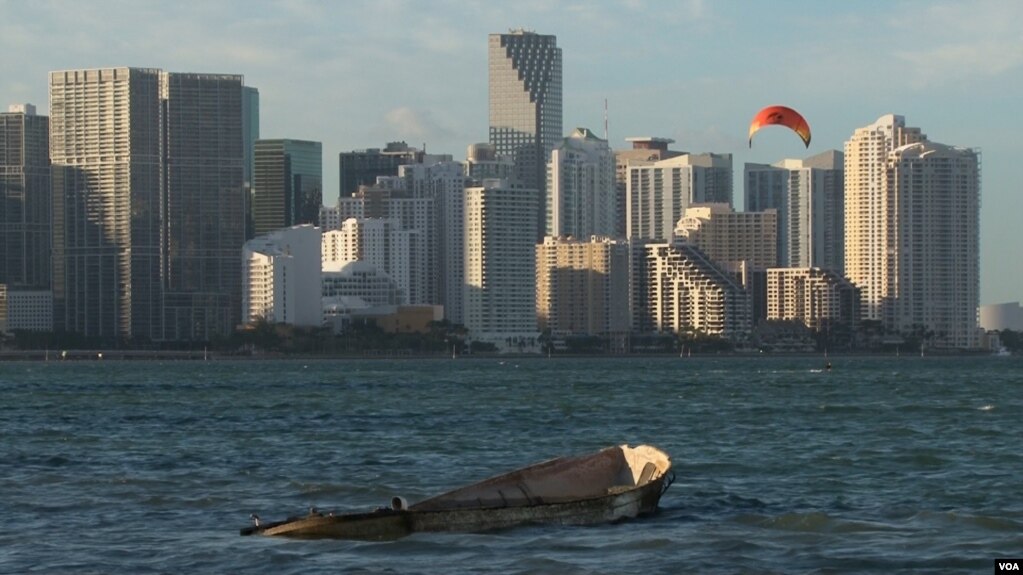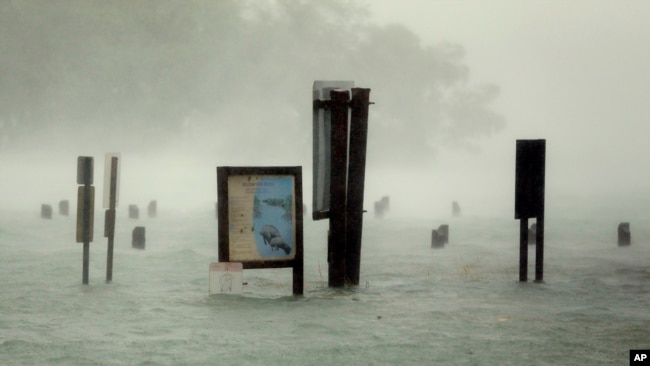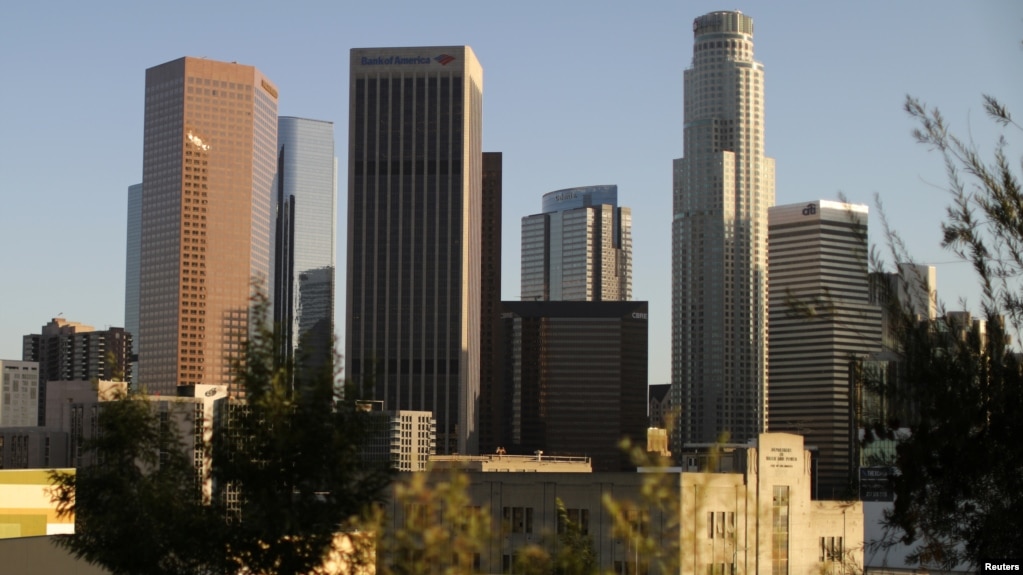You can also watch the video by clicking on the Play Button
12/18/2017
12/10/2017
Question time at seminars

ONE theory to explain the low share of women in senior academic jobs is that they have less self-confidence than men. This hypothesis is supported by data in a new working paper, by a team of researchers from five universities in America and Europe. In this study, observers counted the attendees, and the questions they asked, at 247 departmental talks and seminars in biology, psychology and philosophy that took place at 35 universities in ten countries. On average, half of each seminar’s audience was female. Men, however, were over 2.5 times more likely to pose questions to the speakers—an action that may be viewed (rightly or wrongly) as a sign of greater competence.
This male skew in question-asking was observable, however, only in those seminars in which a man asked the first question. When a woman did so, the gender split in question-asking was, on average, proportional to that of the audience. Simply handing the microphone to a woman rather than a man when the floor is opened for questions may make a difference, however small, to one of academia’s most intractable problems.
12/09/2017
Miami's Coastal Future
 |
| Rising sea levels threaten Miami and coastal cities around the world (SBaragona/VOA) |
Climate change is having a number of effects on cities around the world, including rising sea levels. And, this is an especially big problem for coastal cities. City officials must now prepare for higher tides on their coasts.
The American city of Miami is one of the cities in North America most at risk for rising sea levels. Located in South Florida, Miami is home to nearly 3 million people and billions of dollars in land and buildings. The waterfront is central to Miami's culture and economy. But as the seas rise with climate change, the water will not stay put and large parts of South Florida are in danger of being underwater in the coming years.
Across Biscayne Bay, the City of Miami Beach is making improvements -- raising streets, adding water pumps and more. It is costing the city a lot of money.
Eric Carpenter is the director of public works for Miami Beach. He says local communities will spend 500 million dollars for the improvements.
"Thankfully, our residents, the folks that are footing the bill for this work, realize that the cost of doing nothing is much greater."

City of Miami voters just approved a 200-million dollar project to improve Shorecrest and elsewhere.
And the city has proposed solutions some residents are not happy about. One of the proposals is to redesign whole neighborhoods.
A possibility officials are discussing with residents is for the city to buy homes in some places where flooding is a problem. The city will then turn that land into parks of grassland that could hold the water.
However, that idea is not an immediate fix, says Miami's chief resilience officer, Jane Gilbert.
"It's really much more long-term. And we feel the more we are having those conversations now, the easier it is for everyone to adapt over time."
Over time, the city may need to take bigger risks. Miami's future depends largely on how much, and how fast, the oceans rise.

Caroline Lewis leads the climate activism group, the CLEO Institute. She says cities cannot avoid the need to move inland. "We're going to have to leave sooner or later. However, a well-planned withdrawal should include measures to keep people safely in place for as long as possible."
Miami Beach public works director Eric Carpenter says solutions will depend on the willingness of city leaders to deal with the fear of change and find ways to pay for improvements.
"There's an engineering solution to every problem."
That may be a question South Florida and the world's coastal cities will be asking for many years to come.
Ford's New Self-driving Vehicle
| Ford Motor Co. President of Global Markets Jim Farley |
DETROIT — Ford Motor Co will begin testing its latest self-driving vehicle technology next year in at least one city but will not change its plan to begin commercial production until 2021, the company said.
The automaker will test self-driving prototypes in various pilot programs with partners such as Lyft, the ride services company in which rival General Motors owns a minority stake, and Domino's Pizza.
In a blog post, Jim Farley, president of global markets, said Ford will test new business models that involve its self-driving vehicles, including the movement of people and goods.
Ford is shifting production of a future battery electric vehicle to Mexico to free up capacity at its Flat Rock, Michigan, plant to build the self-driving vehicles in 2021, according to spokesman Alan Hall.
The electric vehicle, whose more-advanced battery system will enable a driving range of more than 300 miles, will go into production in 2020 at Ford's Cuatitlan plant, which will also build a new hybrid crossover vehicle around the same time.
At the Flat Rock plant, Ford is boosting investment to $900 million from $700 million and adding 850 jobs.
Unlike the full electric vehicle from Cuatitlan, the self-driving vehicle from Flat Rock will use a hybrid system with a gasoline engine and an electric motor, Hall said.
12/03/2017
Paris Fountains (audio)
You can also listen to this audio file by clicking on the Play Button

12/02/2017
Los Angeles - a city of the future (article)

From cell phones and cars to televisions and refrigerators, more devices are being connected to the Internet.
Los Angeles, the second largest city in the United States, is planning to use the prevalence of these “Internet of Things” devices as a testing ground for becoming a city of the future.
Los Angeles is a part of a consortium called “I3” that includes the University of Southern California (USC) and tech companies. This partnership is developing and will soon test an Internet of Things system. It aims to connect sensors placed around the city with other connected devices to make L.A. a smart city.
It is an endeavor that will also rely on residents’ participation, said Raman Abrol of Tech Mahindra, one of the I3 tech companies that will provide a platform for an online marketplace called Community Action Platform for Engagement or CAPE.
“Communities can collaborate with businesses and cities and share data in a manner where privacy’s enforced,” Abrol said.
“By putting computers in parking meters, you already have computers in your car, and you have computers in the street lights. The ability to connect them to the Internet of Things allows a better way for your car to know where parking spots are available, allows better for it to communicate when street lights should turn green to maximize traffic flow,” said Ted Ross, chief information officer for the city of Los Angeles.
The I3 is an Internet of Things integrator. Through I3, Los Angeles is working with the University of Southern California and vendor partners to aggregate the data and give us a better ability to make decisions, decisions to maximize traffic flow, decisions to help reduce crime, decisions to help improve business prosperity,” said Ross.
As connected devices become more ubiquitous and the flow of personal data increases, privacy and security concerns will be more scrutinized.
“I think that this is one piece of a huge emerging problem, of figuring out how we protect privacy and limit government power in an era of rapidly expanding information availability and rapidly expanding data processing abilities. So it’s not just that there are more and more data points that are available for the government to look at. It is also that we are rapidly expanding our ability to analyze data,” said Stanford University Law School professor, David Alan Sklansky.
“The more powerful the technology, the more powerful the unintended consequences,” said Yannis Yortsos, dean of the USC Viterbi School of Engineering.
“There has to be regulation so that they have legal and ethical issues taken into consideration as well,” Yortsos added.
In Los Angeles, people will choose whether they want to provide data to the city.
The smart city experiment will begin at the University of Southern California and expand to the city of Los Angeles. Some of what works for the program will be made available for other cities to use.
Subscribe to:
Comments (Atom)







